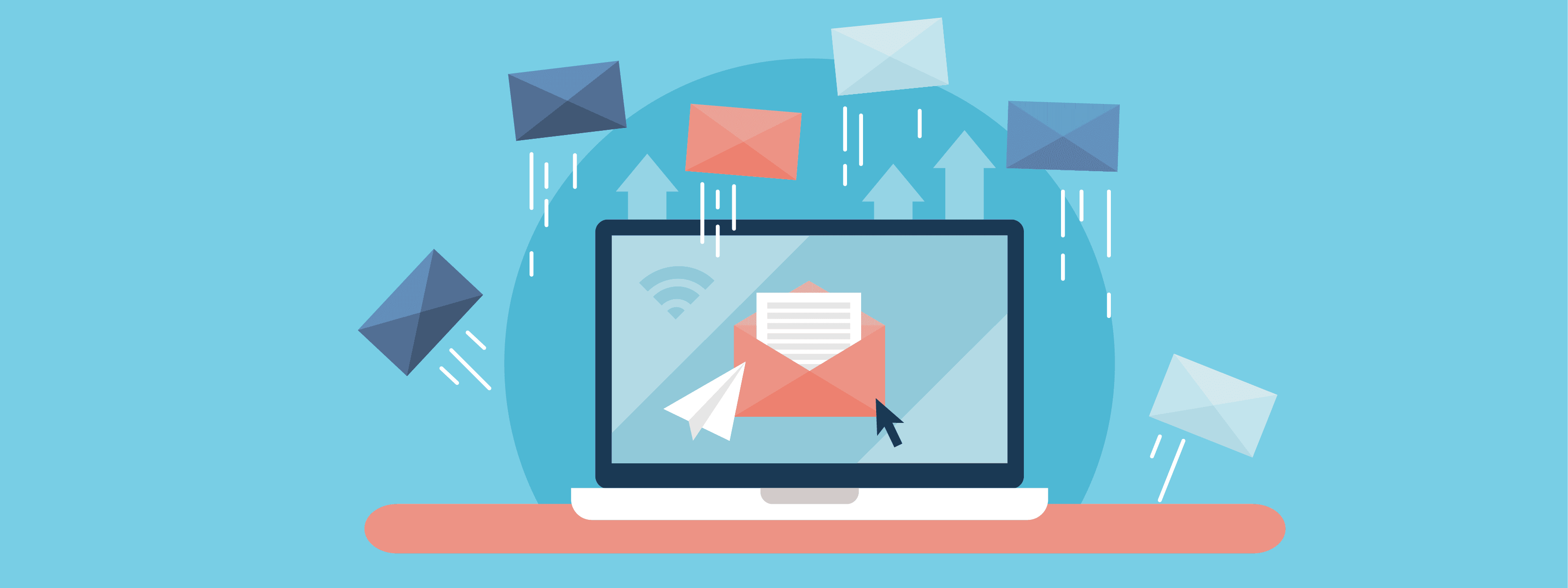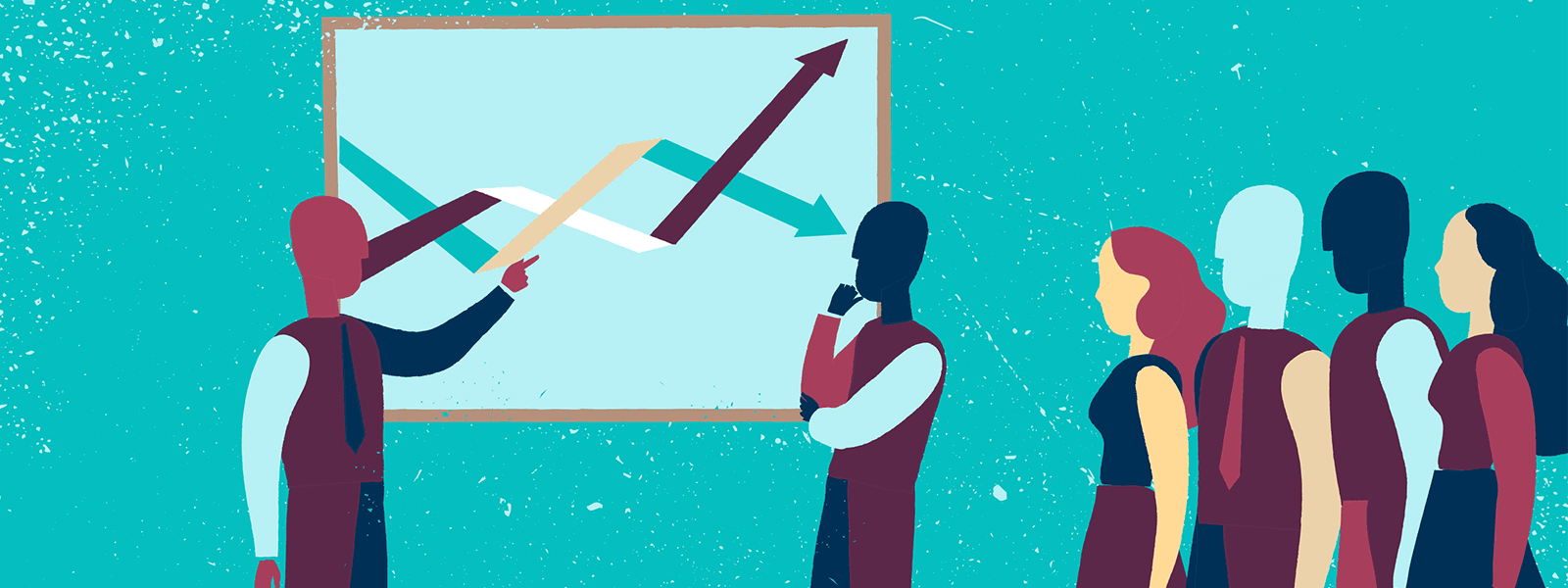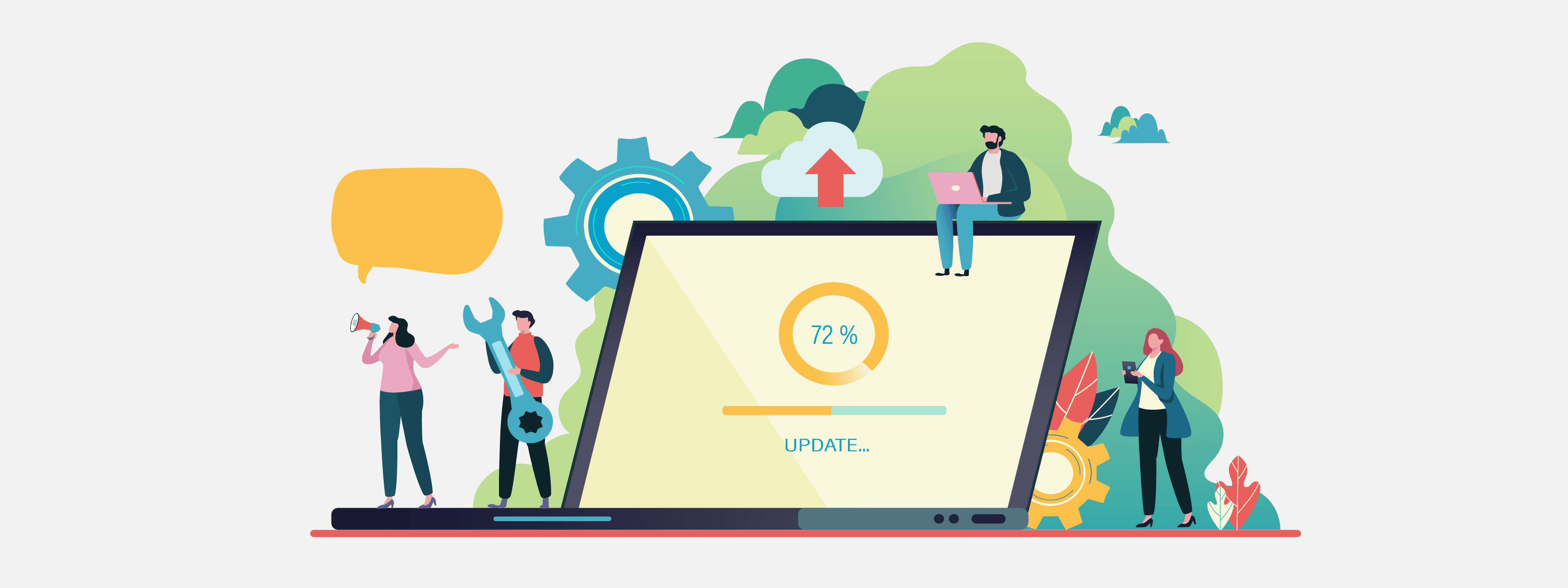How to Build SaaS Customer Loyalty with Email Marketing



It’s no secret that email marketing can boost your customer retention.
Fieldboom found that 41% of consumers say they purchase more from retailers that send them personalized emails based on behavior. Small Business Trends writes that 80 percent of businesses surveyed rely on email marketing for customer retention, and 56 percent of respondents considered email marketing to be the most effective means of attaining their customer retention goals.
So, how can your SAAS company build a loyal following through email marketing? Here’s what you need to know:

Once you’ve got customers on your email list, they’re on the fast-track to becoming a regular user, right? Not exactly.
Intercom found that the first ten days of your onboarding campaign is a critical phase. In this period, users are deciding whether they’ll use your product regularly, opt for a free trial, or make a purchase.
An ideal onboarding campaign gets users to explore your software. Don’t just dump all your product’s features in one email. Instead, take it slow and introduce one feature at a time.
Bitly, a URL shortener, has an email checklist with steps for getting started.
Asana’s email highlights their product’s features, such as file sharing, email, chat, and forms. They let users view integrations to help them use the product together with their current workflow.
For successful onboarding, determine the number of logins during the free trial period or click-through rates in your email campaigns.
Tools like AWeber and Campaign Monitor determine which emails have the highest click-through rates and conversions. These lets you create campaigns that are likely to convert users based on research-backed data.

Once you’ve communicated the value of your product, the next step is to segment users based on their level of engagement.
Create different email campaigns for the following group of users:
You’ll want to have different email campaigns for each group:
For new users, you could send weekly or monthly newsletters, product updates, and notifications. Simply focus on conversions and customer retention.
If a user regularly logs in on your website, they could be interested in your product. Ask them to schedule calls or upsell the benefits of your paid service.
Trello sends email notifications so users are aware of updates and responses from board members.
For engaged customers that are still in the onboarding process, send tutorials and schedule calls to build the habit of using your app or software.
Infusionsoft’s email shares customer success stories, and it has a CTA for scheduling a product expert session. This lets engaged users move to the next stage of onboarding.
If you’re using a freemium business model like Spotify, Mailchimp, and Trello, you’ll want users to upgrade to a paid service. Spotify’s email has a bullet list of features that premium users will love such as no ads and play on demand.
For disengaged users, you’ll want to look at the data and experiment. Mix up your email strategy by sending newsletters or re-engagement email campaigns, scheduling calls, and utilizing other customer retention strategies to boost engagement.
Squarespace encourages users who abandoned their free trial website to finish what they started.

Your competitors are always evolving. Popular features change, and users change too. Interest fades as your customers stick to your product longer. Sometimes they want to try something new and flock to a different product or service.
To keep customers interested, expand your value by sharing relevant content or giving product updates.
Adobe constantly remains popular through regular product updates and new apps for creative professionals.
Pocket, a read it later app, has a newsletter with the most popular content for the week. This encourages users to regularly save stories through the app.
You can also share relevant content such as statistics, research results, newsletters, industry insights, and eBooks. This gets users in the habit of returning to your website and opening your emails.

How powerful is referral marketing? The Word of Mouth Marketing Association found that there are 2.4 billion brand-related conversations every day.
Annex Cloud also found that referral marketing generates 3 to 5x more conversion rates than any other channel. It also leads to an astounding 20,000 new email addresses per month.
Not surprisingly, consumers seek recommendations and promote the brands that they love. After all, how often do you seek product recommendations from business partners in your industry? When was the last time that you downloaded an app because of a referral? I bet it was not that long ago.
With a referral program, you can ensure that brand advocates spread the word about your brand and receive rewards for it too. This undoubtedly expands your customer base at a much faster rate. Implementing great referral software can streamline this process, making it easier for your customers to share their love for your brand while tracking their rewards efficiently.
Dropbox, a cloud-based storage service, went from 100,000 users to 4 million in 2008 for just 15 months. Their whopping 3,900% increase in users can be attributed to their referral program which rewards advocates with free space.
Airbnb’s success can be attributed to its referral strategy. The brand went from 47,000 users in 2010 to 17M in 2015 by letting users earn $95 for inviting their friends to join the app.
It’s hard to encourage travelers to stay at the house of strangers, but referrals from friends encouraged people to try their services.
With the right customer retention strategy, email marketing can help you turn new users into long-time customers.
Segment users based on their level of engagement. Create email copy that shows off your product’s value. Build referral programs that encourage social sharing. Expand your user’s perception of value through relevant content and product updates.
How will your SAAS company use email marketing? Let us know in the comments below.